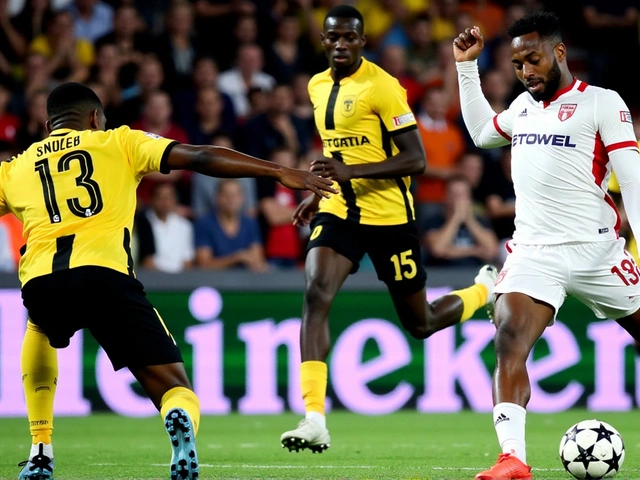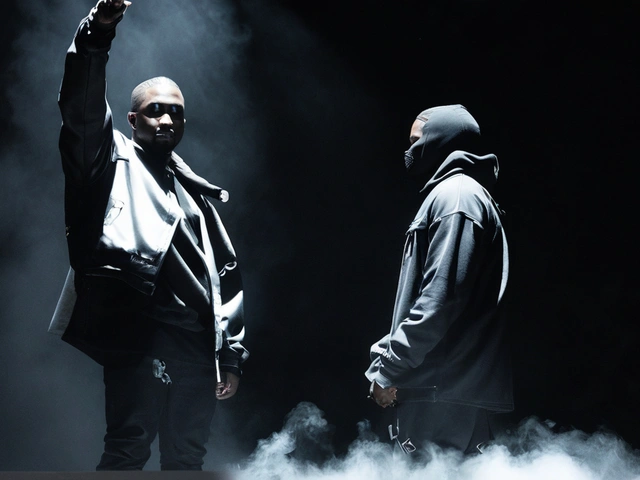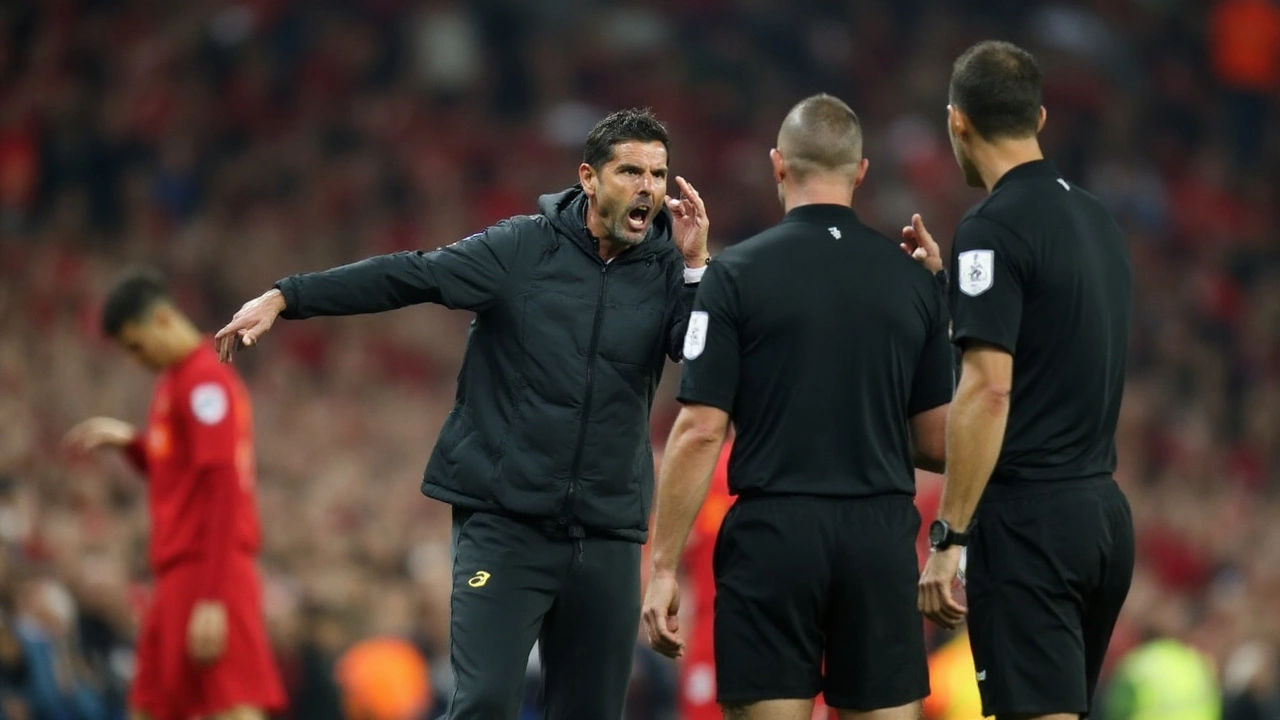Starting XI: How Coaches Pick the Best Lineup for Every Match
When you turn on a football match you instantly see eleven players on the field. That group is the starting XI – the coach’s first choice to kick off the game. It’s not just a random collection of stars; it’s a carefully balanced mix of skill, shape, and tactics. Understanding why a manager picks a certain player can make watching the game a lot more interesting.
What Makes a Good Starting XI?
A good starting XI does three things: it matches the opponent’s style, uses the team’s strongest assets, and follows the game plan. For example, Chelsea’s transfer boss Enzo Maresca talked about still needing a winger despite Mykhailo Mudryk’s doping case. If Mudryk can’t start, the coach will look for another wide player who can stretch the defense. That decision directly shapes the starting XI.
Balance is another key factor. A line‑up that piles too many attackers together can leave the back line exposed. Look at Inter Miami’s recent Leagues Cup win: Lionel Messi sat out, but Luis Suárez stepped in and the team still performed well. The coach kept a strong defense, added a creative midfielder, and trusted a reliable forward – that’s a solid XI even without a star.
Fitness and form also drive selection. When Huddersfield Town lost Antony Evans to injury, manager Lee Grant had to reshuffle the midfield. The new eleven still needed to keep the same work rate, so a different player got the start. Injuries, suspensions, or even travel fatigue can force a coach to adjust the XI at the last minute.
Tips to Analyze a Starting XI
1. Check the formation. Most clubs line up in a 4‑3‑3, 3‑5‑2, or similar shape. The formation tells you how many defenders, midfielders, and attackers the coach expects to use.
2. Spot the star player. Teams often build around a key attacker or playmaker. In the recent Copa Libertadores quarter‑final, River Plate’s forwards were the focal point, while Palmeiras stacked the midfield to counter.
3. Notice the balance of experience and youth. A mix keeps the squad energetic but also steady. Spain’s coach Luis de la Fuente left out Joan Garcia despite his strong start at Barcelona, favouring more seasoned goalkeepers and defenders for the qualifier.
4. Look for tactical tweaks. If a team faces a defensively solid opponent, the coach might add an extra midfielder for extra cover. That’s what PSG did against Monaco – they pushed Vitinha and Kvaratskhelia higher to press the opposition.
5. Read the pre‑match news. Transfer rumors, injury updates, and coach interviews give clues. When Maresca said Chelsea’s winger plan stays the same, you could expect a wide player to feature in the starting XI regardless of Mudryk’s status.
By paying attention to these details you’ll start to see the story behind every eleven. The starting XI isn’t just a list of names; it’s the coach’s first move in a chess game that lasts 90 minutes. The next time you watch a match, ask yourself why each player is there, and you’ll get a deeper appreciation of the sport.






